- Thread starter
- #41
Icemud. That all makes great sense. I'm looking at using it this next round. To cool off a light not to use somewhere lol!
Right! I think its awesome what LED technology allows... I mean with the old HPS and other lights, there was no way to "filter" a light for specific wavelengths, except for using gel filters and optics and such, but now we can have LED panels designed in any color, wavelength, combo or whatever we want
 I think this is really going to help plant lighting research excel!
I think this is really going to help plant lighting research excel!


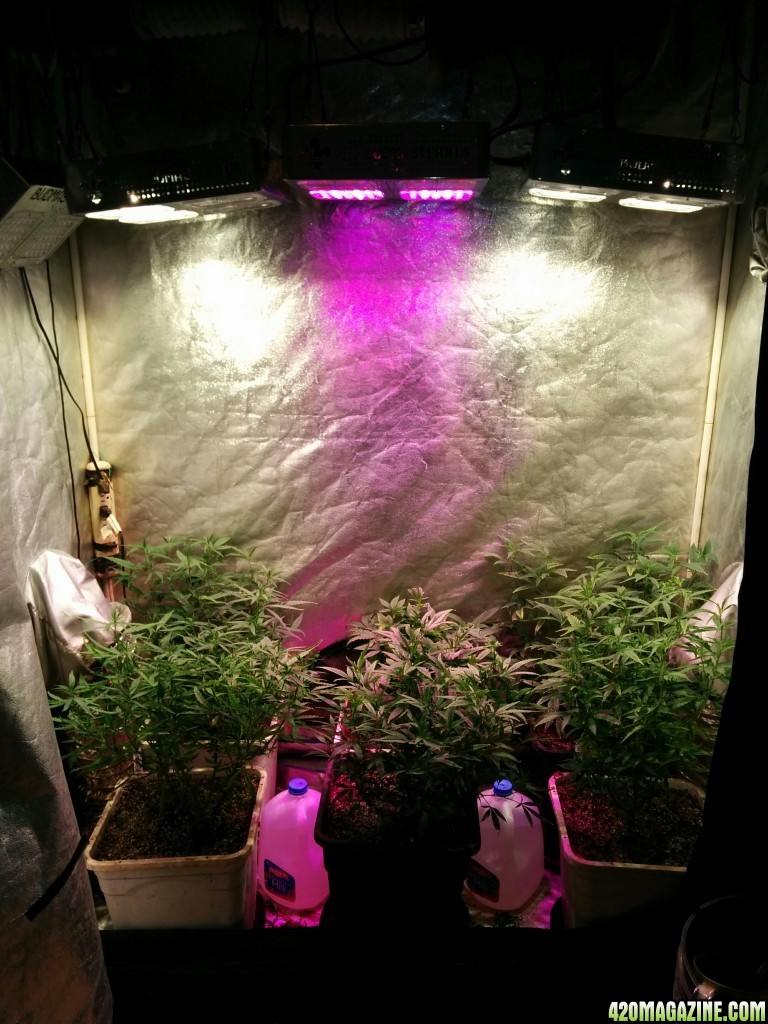
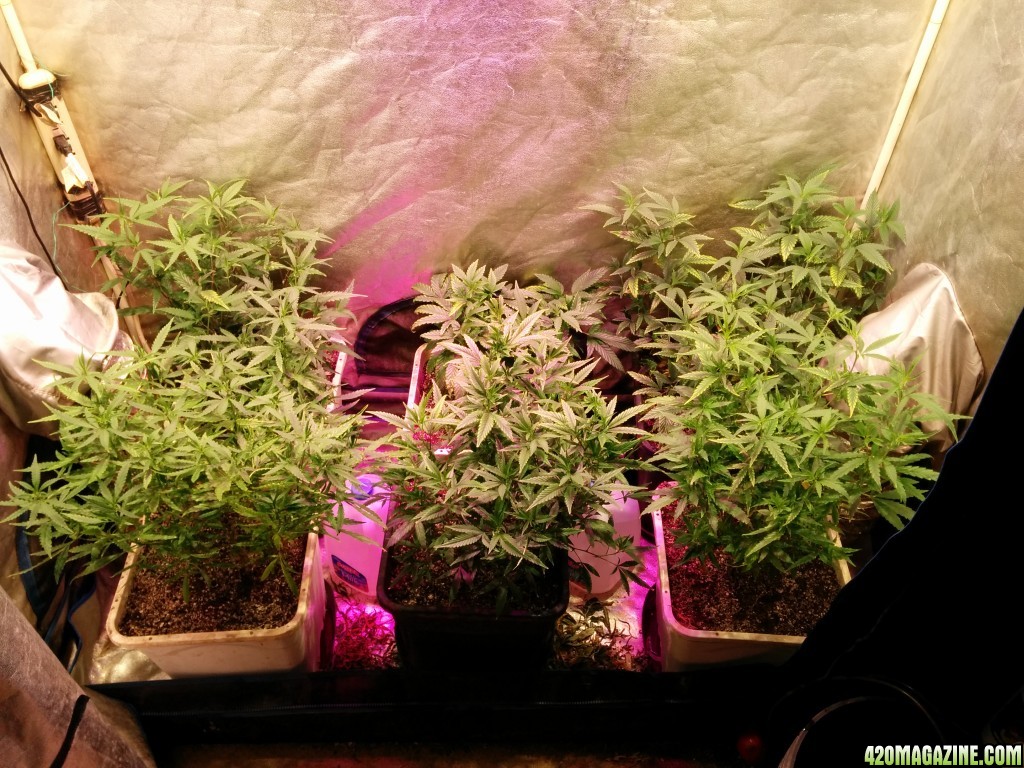
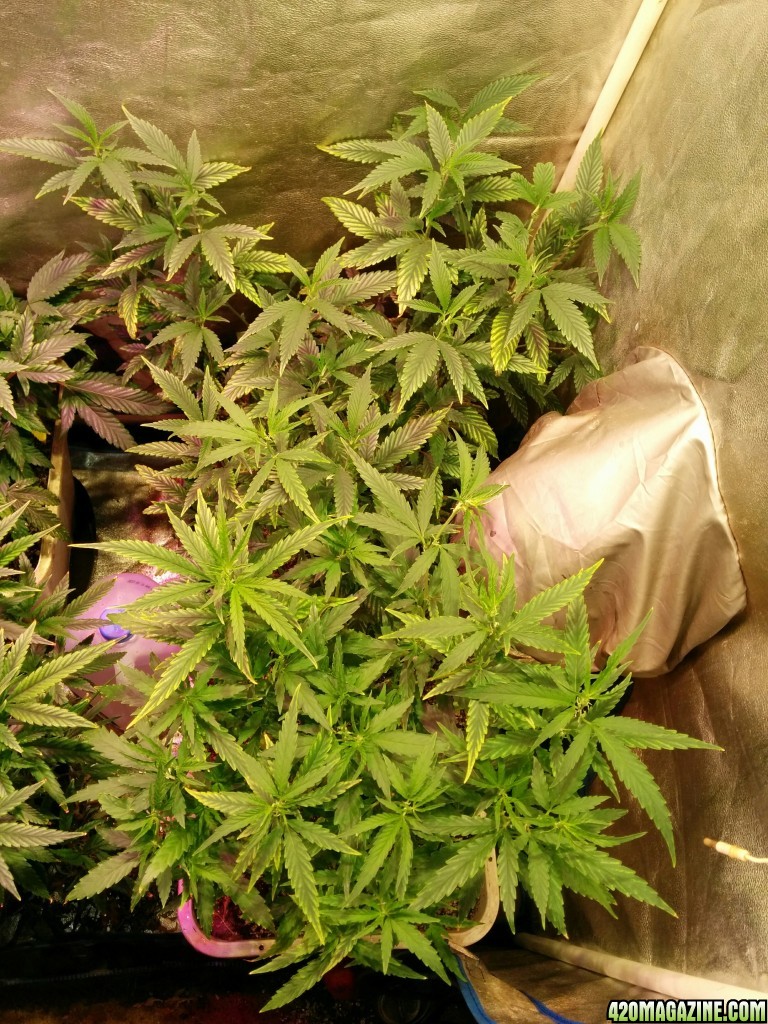
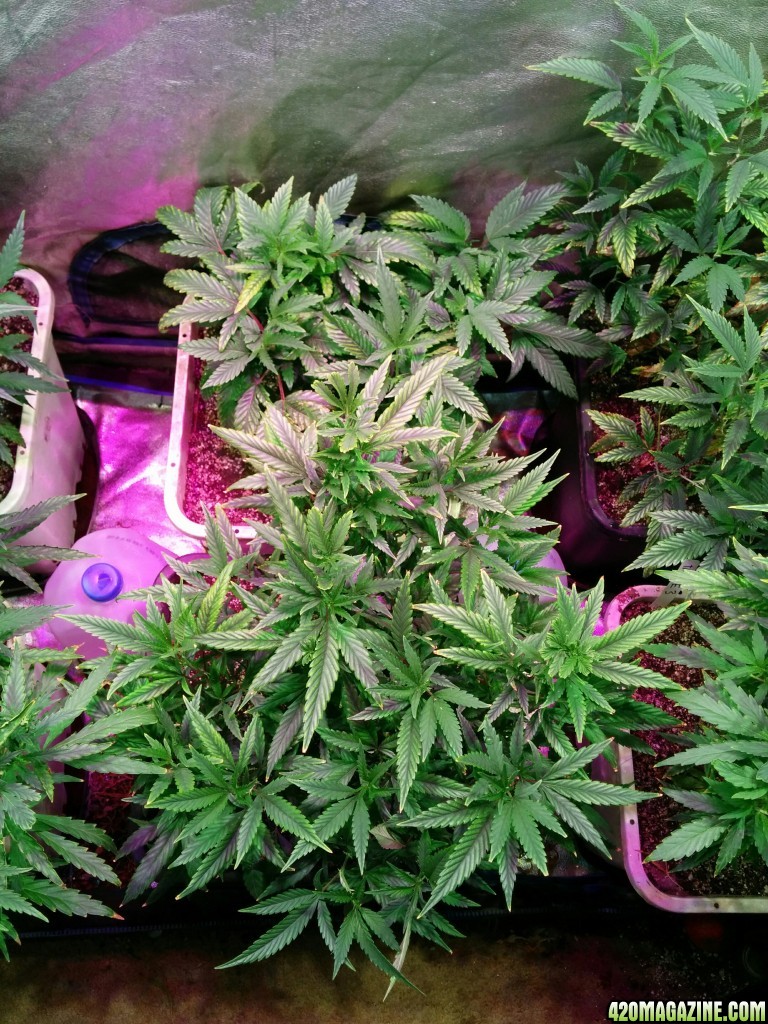
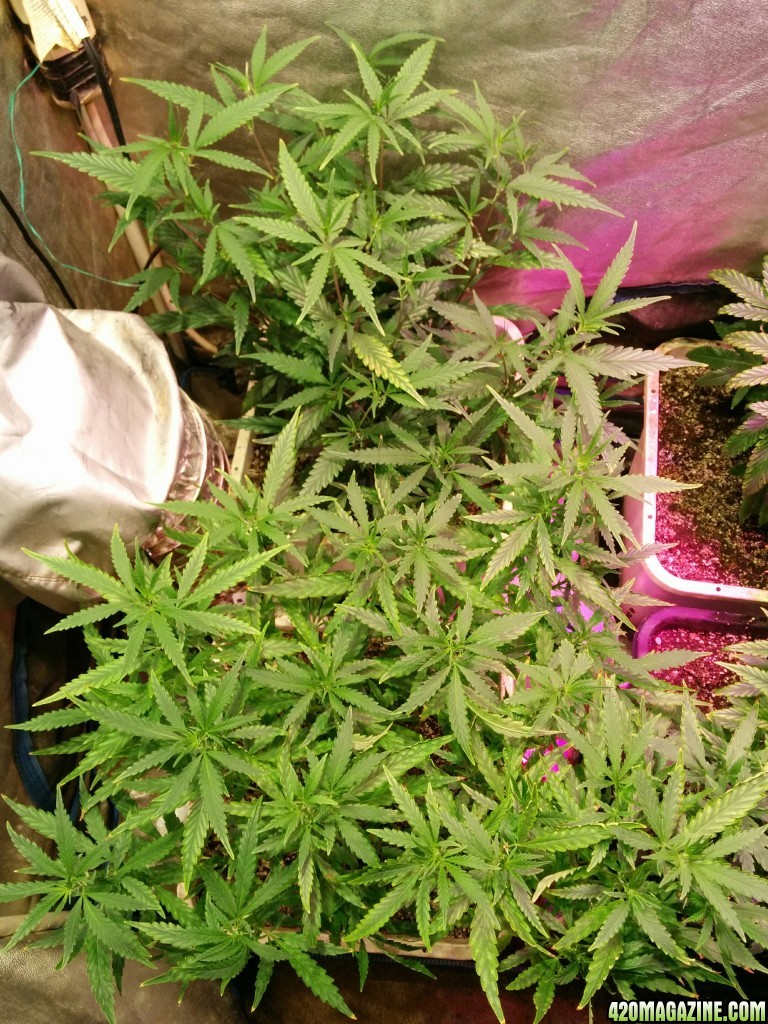
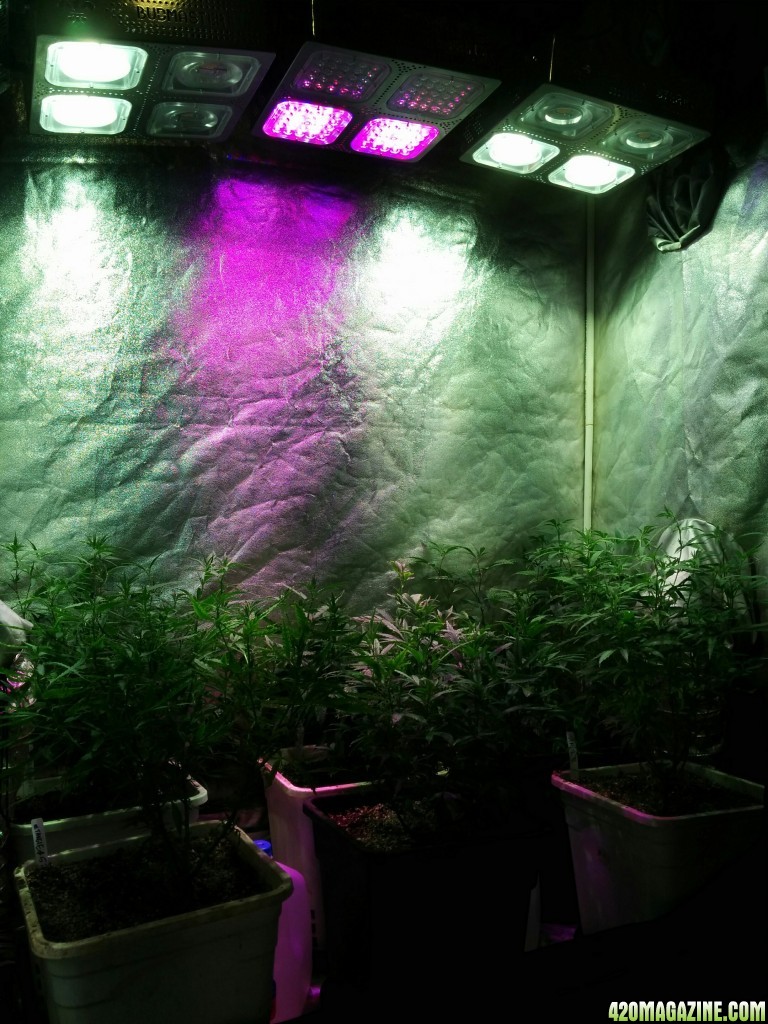
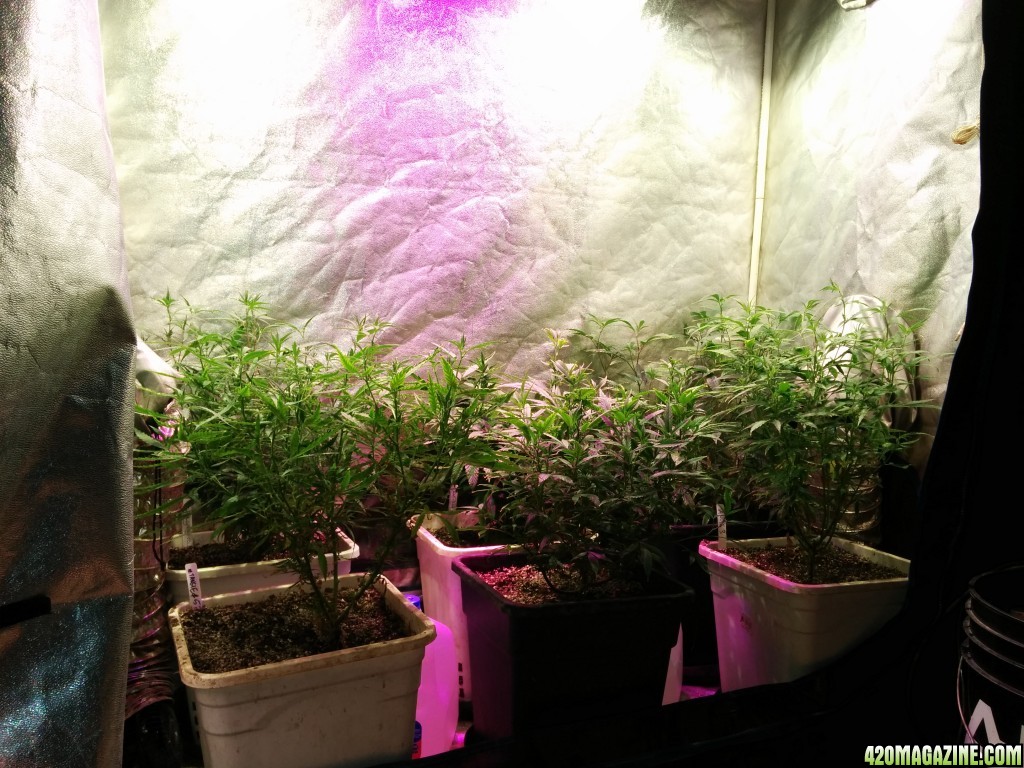
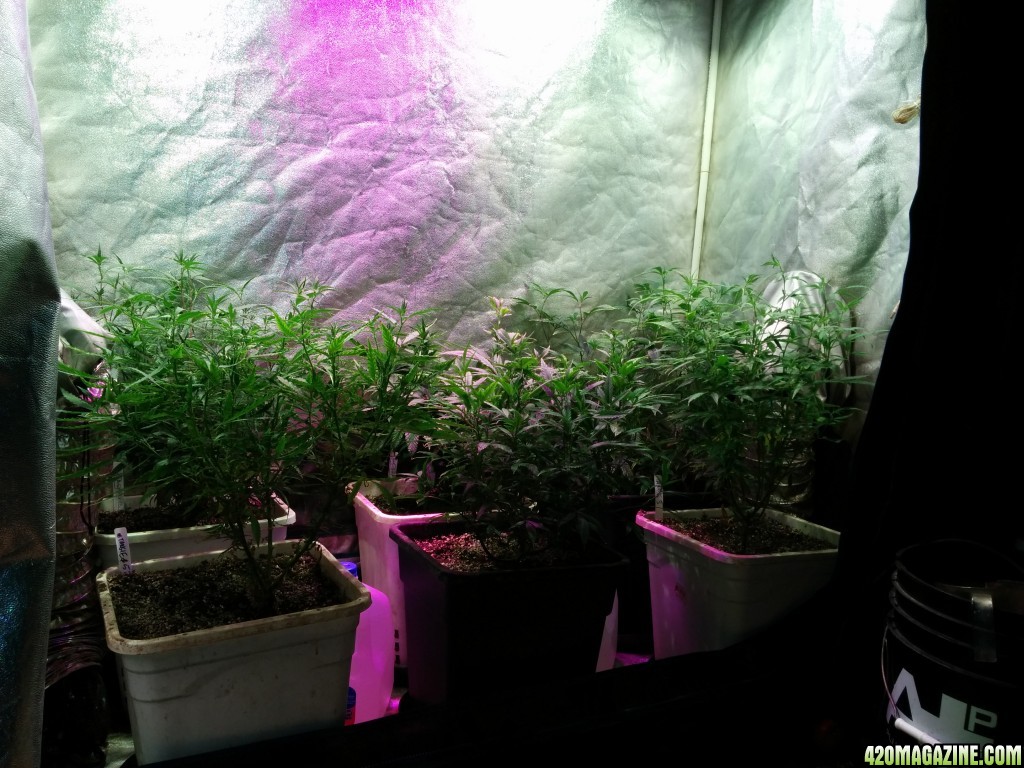

 .
.






